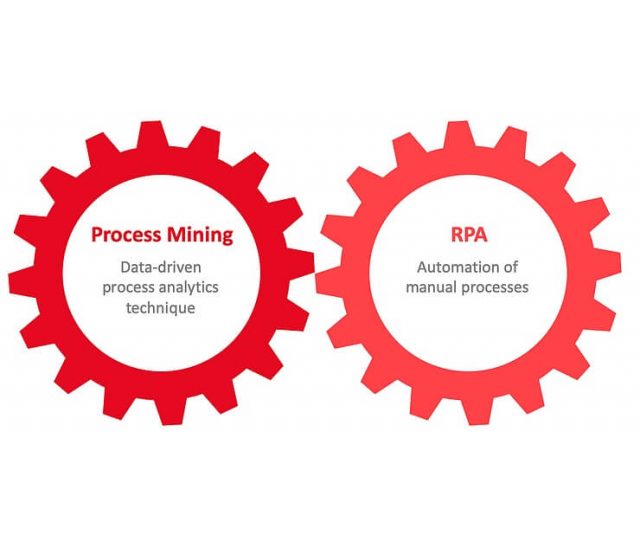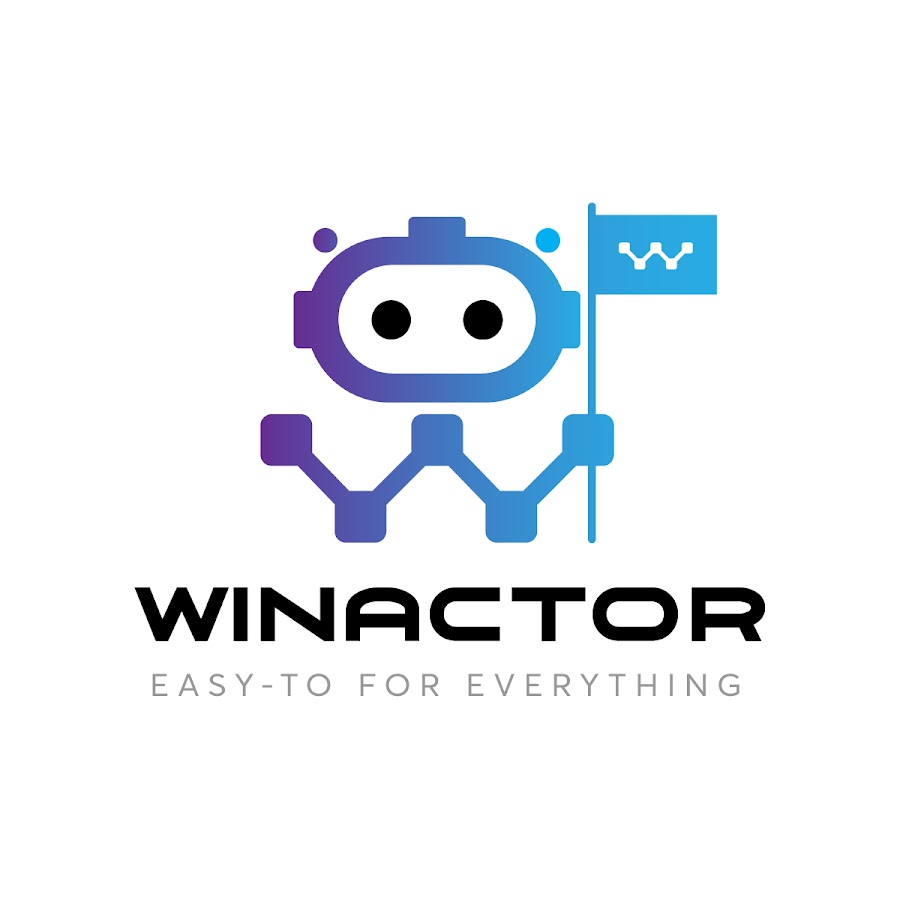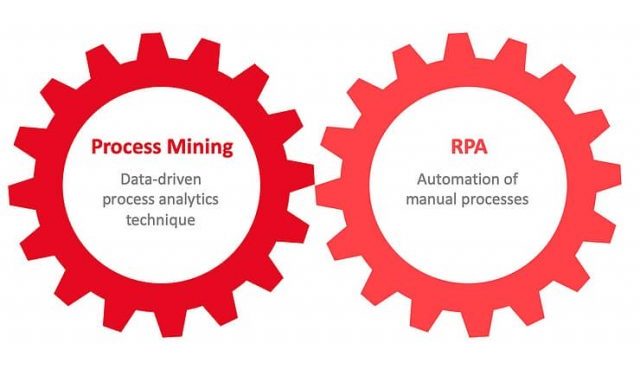Robotic Process Automation is a software robot that businesses are choosing to replace manual labor in some desk jobs. Because they are capable of getting things done faster and more accurately than humans. But RPA still has some weaknesses, such as manipulating some specific jobs or the inability to optimize the process.
To overcome this situation, we should use a combination of 2 parallel applications, Process Mining and Robotic Process Automation. These are two software technologies that help us perfect and optimize the process for quick efficiency.
What is Process Mining and RPA?
RPA
RPA’s full name is Robotic Process Automation. This is a type of software robot that specializes in handling desk jobs. RPA has a very simple working mechanism, and it is not capable of self-learning. Automated robots will remember the previous human-installed process and repeat it the next time.
Software robots are divided into two main types: attended RPA and unattended RPA. Attended RPA already works on a given server and requires human intervention. Meanwhile, unattended version requires no human intervention and can operate on a large server.
Robotic Process Automation has many advantages for businesses to choose them as software virtual assistants. For example, the working time of the robot is not limited. It can work 24 hours continuously with twice the productivity of humans. RPA can analyze and synthesize a huge block of data from many different channels in a short time. Therefore, they are widely applied in many fields: insurance, customer care, invoice processing, ….
Currently, RPA is chosen by businesses to automate their processes. Why don’t they choose other software technologies? Because RPA is easy to use and fits the actual needs of the company.
You do not need too much in-depth IT knowledge to program RPA yourself. In addition, the main function of RPA is to do work that can automate the process. They don’t need to use more expensive technologies to deal with desk jobs. The automatic robot RPA can completely handle the job quickly and accurately.
Process Mining
Process Mining is a technology software related to the field of data science. We can simply understand Process Mining through analyzing previously available data to optimize and develop more complete processes.
Process mining provides a full range of tools to help us analyze and support process improvement. Currently, there are three types of Process Mining: detection, matching, and enhancement.
- Process detection will receive an event log and generate a process model without using any a priori information.
- The fit test is a comparison of the actual model with an earlier model in the event log.
- Process enhancement aims to extend or improve the process model using process information recorded in some event log.
- The combination of RPA and Process Mining technologies is a premise for the development in process automation by software robots.

5 Ways Process Mining and Robotic Process Automation Complement Each Other
Process Mining Gives You the As-Is State of Your Business Processes
A process mining software will perform data analysis based on pre-existing data. It will filter the data, remove unnecessary information.
After completing this stage, we will have a more optimized and perfect process. The RPA can then use that process to do its job. Software robots will deploy bots to complete repetitive work with absolute precision.
With this combination, the workflow will be more optimized, eliminating unnecessary operations. Thereby helping businesses save time and increase work productivity.
Process Mining Highlights the Best Candidates for Robotic Process Automation
Process Mining will create many different processes, forming a process map. The task of the analysts is to determine which strategy is most optimal to apply to the automation model. In addition, experts can also identify outliers, biases, or inconsistencies when using data mining software.
With the intelligence of Process Mining, RPA will help eliminate errors during operation because RPA needs standardized, data-centric, and easily repeatable tasks. This is considered the most important step to successful automated process implementation.
Process Mining Locates Deviations Before RPA Automates Them
An automated process is bound to have exceptions or deviations. Based on Process Mining, you can optimize and harmonize these cases to be ready for automation.
For some automated processes that have been around for a long time, we may not know how to operate and its deviation. Process Mining can know and understand those processes. For example, you are working with a process that has 45 variations.
Where 10 variants represent 1-digit percent of total cases, you can find these exceptions through implementing Process Mining software. From there, you’ll streamline the process with ease, combining 10 variations into one.
Now, RPA can operate its repetitive work on a transparent and logical system. That will help the system work continuously without any errors.
RPA Uses the Process Map as a Guide for Bots
Once we get the process map from Process Mining, it will become easier to process the work in sequence with RPA.
Example: We have a step-by-step process; an employee on their computer does all the steps. The steps are mainly simple operations: click, copy, paste, etc. Then, we will set up RPA to operate in a sequence of steps.
Exploiting a process provides a process map that makes it easier for RPA to work. Automated robots will remember and follow. This allows for faster future compliance audits and monitoring, and the cycle can continue to be improved.
RPA Gives Results, and Process Mining Measures Them
Once you’ve automated a process, measuring its effectiveness will help you optimize your work. Process Mining will do that work for you. It can generate a new process map at any time to compare old results from the pre-automation process.
Therefore, your improvements by RPA can be quantified using Process Mining. This technology allows you to test the efficiency of your pre-automated processes and provide you with a basis for a Proof-Of-Concept.
Through the WinActor Support‘s article above, we can see the great effect of combining RPA with Process Mining. These two modern technologies will interact and support each other to optimize and develop more complete automation processes.

WinActor is an RPA software solution by NTT DATA Corporation to help businesses master technology, create breakthroughs in the digital age 4.0.





